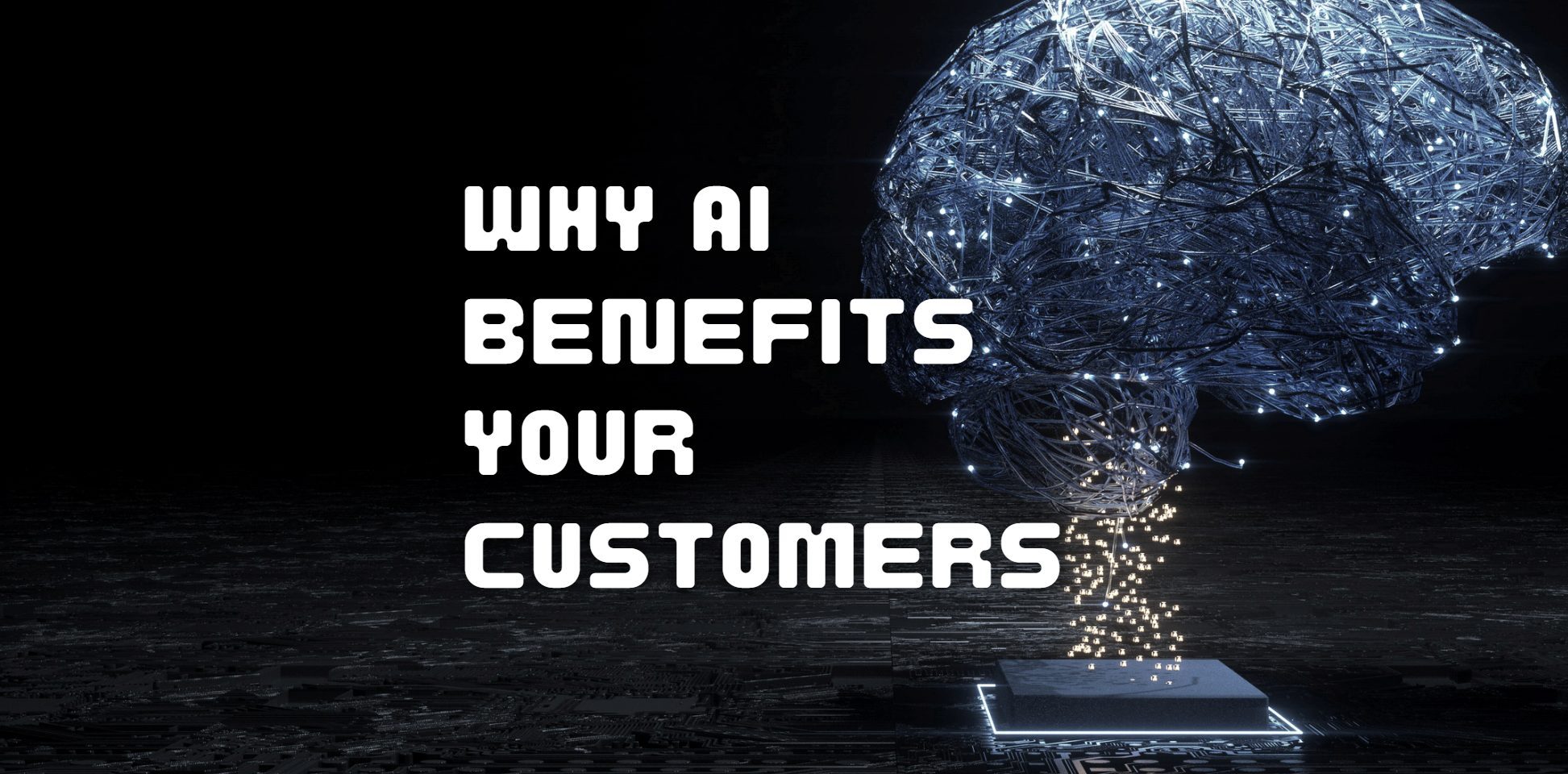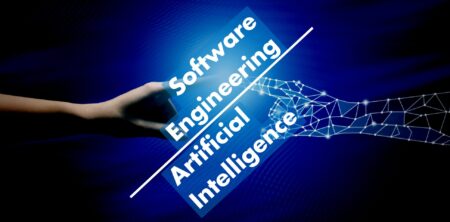When you embrace innovative AI, it can benefit customers in various ways. Clear Measure is talking to executives every day about how to benefit their customers through AI. It can personalize customer experiences by analyzing data on customer behavior and preferences to provide tailored recommendations, promotions, and offers.
Additionally, AI can improve product and service quality by identifying patterns and trends that may indicate potential issues. This allows you to proactively address customer concerns. Ultimately, embracing innovative AI can improve the customer experience by enhancing efficiency, personalization, and overall satisfaction.
AI: The Science and Engineering of Making Intelligent Machines
In 2001, artificial intelligence was attempted to be described as “The science of making machines do things that would require intelligence if done by humans,” according to its wikipedia.org page.
Nine years later, in 2010, the definition was reading, “The intelligence of machines and the branch of computer science that aims to create it.”
In 2023, that same page defines AI as “intelligence—perceiving, synthesizing, and inferring information—demonstrated by machines, as opposed to intelligence displayed by animals and humans.”
At the 1956 Dartmouth Workshop organized by John McCarthy, artificial intelligence was described as “the science and engineering of making intelligent machines.” The workshop explored AI based on “the conjecture that every aspect of learning or any other feature of intelligence can, in principle, be so precisely described that a machine can be made to simulate it.”
Listen to this episode of The Azure DevOps Podcast, where Jeffrey Palermo speaks with Matthew Renze about developing your AI Strategy
Embracing Innovative AI
Over the last half-century, we have seen great strides in precisely describing features of intelligence and having machines simulate them. There are cars that can stop and go based on traffic. Our home assistants can understand requests for the weather or a bread recipe. We have robots who can tend to an assembly line and build cars. And now we have applications that can create images and movies, write articles, and more.
But the progress has remained along the original hypothesis that accompanied the coining of the term. And that is that every feature of intelligence can be so precisely described that a machine can be made to simulate it.
We are on a journey of identifying more features and precisely describing them. The words “in principle” are in the hypothesis since this definition depends on our ability to identify every feature of intelligence, which we, as a society, still have not done.
Society Benefits
While authors may continue to find new and changing definitions for AI, it all connects back to the original vision, which is a useful one. Whether or not the vision is realized, society benefits from the breakthroughs along the way.
Persons with disabilities are able to use voice assistants for enhanced mobility. Countless workers are more productive through more intelligent machines. And illiterate populations can have texts like the Bible read to them through text-to-speech software.
The 2010s was the decade of Machine Learning advancements, and it looks like the 2020s will be the decade of advancements in generative AI.
With the GPT (Generative Pretrained Transformer) capabilities, machine learning is extended to enable models to respond to requests in a way that generates responses that closely simulate a response from a real person. This goes back to the original hypothesis to precisely describe a feature of intelligence and then make a machine to simulate it.
Watch this episode of Programming with Palermo where Jeffrey discusses the Architecture of GPT-3
Deploy Innovative AI and Benefit Your Customers
While the future will be interesting with more advances in AI, the tools available today have interesting application possibilities. Rather than fret over how some jobs might change because of the new technology, it’s time to deploy this new technology for the benefit of your customers. Competitors certainly will be.
Just because you can have Microsoft Word listen to your voice as you draft a document rather than typing it yourself doesn’t mean that you didn’t write the document. And just because you may use GPT to generate significant parts of a whole doesn’t mean that you weren’t the operator of the machine.
We never credit the dishwasher for washing the dishes. We credit the person who loaded the plates and pressed the button.
At Clear Measure, our desire is to empower your software team to be highly effective. We aim to bring clarity to your software architecture with the ability to measure progress and achieve outcomes. Artificial Intelligence in its various forms is a useful tool to that end. Ask us how we can help your team implement it to the advantage of your customers.





